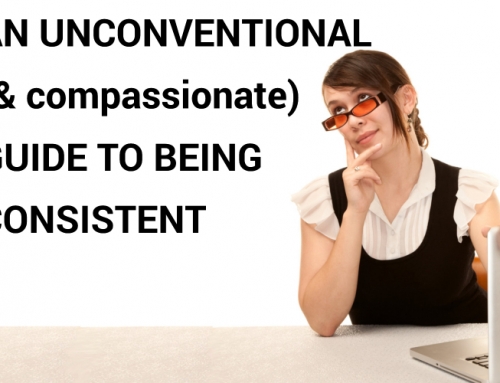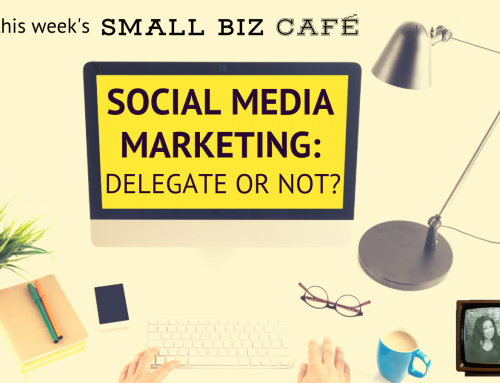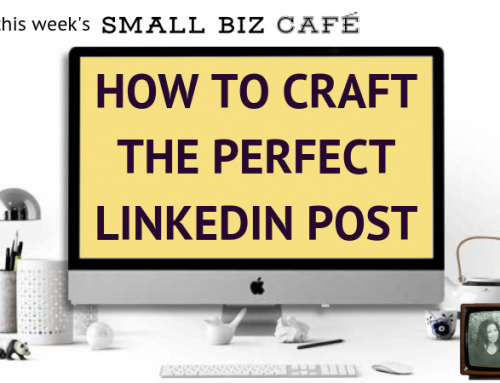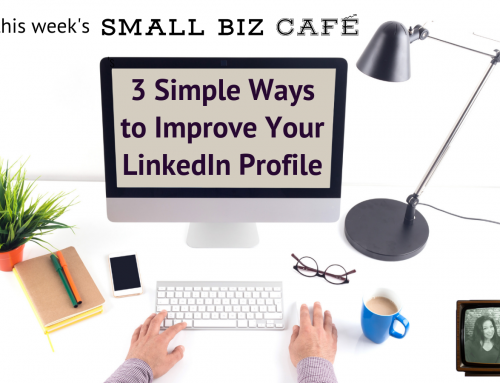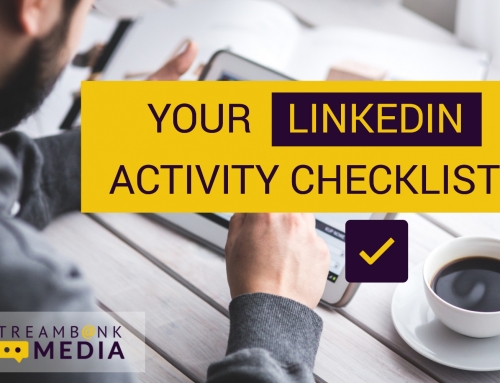
The best part about social selling is that you are not actually selling. Entrepreneurs, executives, and sales professionals who embrace this new form of marketing are able to achieve far greater and more consistent results than those who cling to traditional sales and advertising methods.
The benefits of social selling go far beyond an increase in revenue. Practitioners of this strategy experience stronger and more lasting client relationships, a widespread reputation as a thought leader, and a significant advantage over their competitors.
If you are an entrepreneur or service provider, you are likely using social media in one form or another to promote your business, but are you getting the results you desire? Let’s explore a few proven and effective techniques to use social selling as a key driver of your overall marketing plan:
Branding:
We begin with your first impression on social media: Your profiles. Through the words and photos you choose, you set the stage for your entire social media experience.
To begin, inject a strong personal component to your profile. You will generate far more engagement if you are on social media as yourself, as opposed to your company. People are more likely to follow and interact with a real human being, rather than a corporate entity. Read this for more info on creating a personal social media persona.
Here’s a big tip for developing a strong profile:
Be yourself!
In addition to providing an overview of your expertise, make sure you share something about you to create a stronger connection with your target audience. On Twitter, you have 160 characters to introduce yourself to the social media community. Leave some room to mention a personal interest. For example:
Digital Marketing Strategist, Forbes Business Contributor, President of WebMonkies & lifelong Boston Celtics fan. Visited 38 countries on 5 continents.
This paints you as a real, three-dimensional individual as opposed to a single-minded, uninteresting business entity. You will enjoy a larger following, more interaction, and a higher level of interaction with your audience.
On LinkedIn you have a whopping 2,000 characters to create a professional summary. On this network, you will want to focus on your subject matter and business, but you can also include a mention of causes you are passionate about or volunteer work that is important to you.
The bottom line is: Talk about who you are as a person. Let your awesome individuality shine through. Be approachable. Show your audience that you are a person with interests and beliefs, and not just a website.
Content:
Post tweets and updates that provide value to your audience. You want to position yourself as a subject matter expert, without directly promoting your business. Let your network and following see you as a thought leader who is consistently providing actionable tips, strategies, and news related to your field. People who use social media strictly to promote their businesses are often seen as spammers and end up losing followers.
So, how does providing non-promotional content help to promote your business? Here are a few techniques you can use to market your business without appearing too sales-y:
- Post links to your blog articles. Social media is not the place to sell outright; but if you want to drive website traffic, you can lead people to your site through your blog. Write articles that provide value, and make sure you include a call-to-action at the end of the article. This way, you are using social media to inform, and letting your blog and website do the heavy lifting through subtle promotional content.
- Seed social media posts with mentions of your business, without directly selling. If you are an event planner, you can post a photo on Instagram of a recent seminar you planned, and the focus of the caption can highlight the event itself, as opposed to your services.
- If your content is 90-95% educational, inspirational, or interesting, you can then sprinkle in a few posts that lead directly to one of your sales pages, or suggest a call to action. Everyone understands the concept of including a commercial or two with great content. As long as it is a small portion of your overall content mix, you will not come across as a promoter.
Engagement:
The best social sellers are often the best engagers. Entrepreneurs who routinely interact with others on social media are able to earn the trust and confidence of their target audience.
Sharing and commenting on others’ posts is a terrific method for expanding your own visibility, getting the attention of prospects and influencers, and strengthening your own position as a thought leader in your industry.
Giving:
Providing a taste of your expertise is a great way to get clients to sample what you have to offer, cost-free and risk-free. Create a white paper, webinar, checklist, guide, or other offering that not only provides great information, but get clients to opt in to your newsletter.
Once a client has the opportunity to experience your value, you are well on your way to furthering the relationship. Many entrepreneurs who use social selling effectively have created a “sales funnel,” where prospects are gently guided along a path to deepen their level of commitment in each stage. This is how many businesses are able to convert followers to blog readers, to email newsletter subscribers, to trial offer customers, to high-end clients.
Next Steps:
When your main focus is on providing value, you are well on your way to growing your business through social media. Provide great and consistent content, engage often with your following, and don’t forget to suggest the next step with a call to action.
If the concept of social selling resonates with you, why not schedule a free call with one of our strategists to learn how to incorporate these techniques into your marketing plan?
(See what I did there? A perfect demonstration of how to use a call to action to suggest the next step to your audience!).

